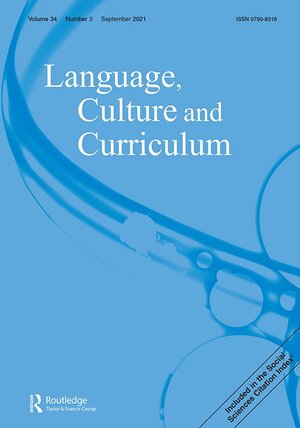
Multilingualism in the world is the norm and the classrooms are no exception. The dynamic and flexible practices of multilingual teachers and learners in the classroom are referred to as translanguaging . As shown in the literature on the topic, translanguaging discourse simply exists in classrooms. It is the means of communication employed by multilingual learners in multilingual learning settings. However, research on classroom pragmatics has adopted a monolingual perspective, and the need to examine multilingual learners and teachers from a multilingual viewpoint has been raised. Bearing this research gap in mind, this study focuses on examining teachers’ reactions to learners’ translingual practices as instances of attitudinal conduct and potential sources of incidental pragmatic learning. Data for the study comprise transcripts from twelve video-recorded English as L3 lessons involving 268 learners (m.a. = 8.4) and 12 teachers. Interestingly, this study confirms the role of the language programme in the classroom requestive behaviour and the existing monolingual bias in young multilingual instructional settings.